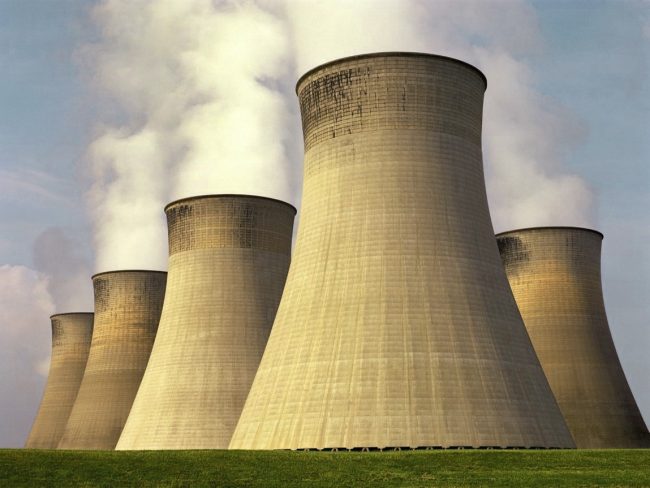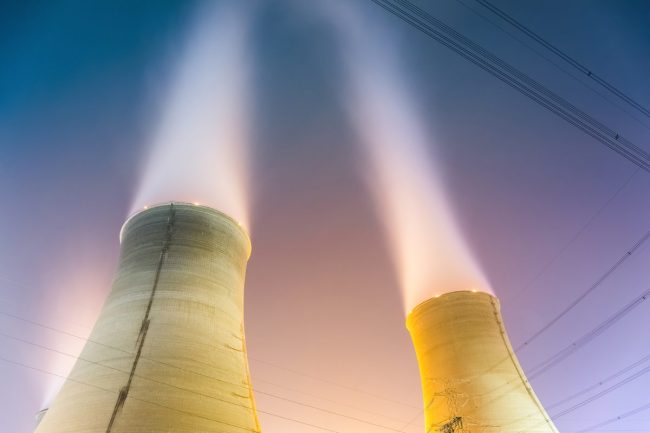Understanding Cooling Towers
Thanks to the cooling process of a water stream, a cooling tower takes in heat and puts the air into the atmosphere at a much cooler temperature. These towers were built to reject heat and are generally found in large chemical or nuclear power plants. This article will cover the following topics associated with cooling…


